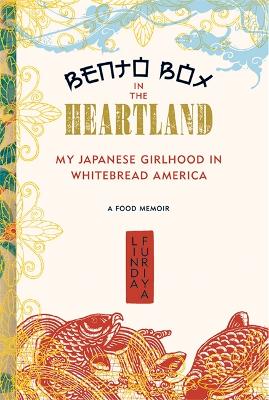Reviewed by Heather on
Linda Furiya grew up in rural Indiana, far away from the traditional Japanese culture that her parents tried hard to emulate. She didn't understand why her lunches were different than other kids'. She was embarrassed to hear her parents trying to talk to people in public, especially when other people didn't make an effort to understand them. She didn't want to invite people over to her house because it was so different than other peoples'.
Her parents had amazing life stories that she didn't appreciate until she was much older. Her father was a U.S. citizen who went back to Japan as a child. He was then sent away as an indentured servant. He ended up as a Russian translator in the Japanese army during World War II. He came back to the United States and worked in the poultry farming industry because it was the only work he could get.
Her mother was the daughter of rice merchants in Tokyo. Her mother died and her father remarried and had other children. This dropped her status in the family to that of a servant. After the war, she lived on her own and had a job but gave it up to marry a stranger who lived the United States.
Her parents longed to have familiar Japanese food but couldn't find it in Indiana. They made monthly trips to stores in Cincinnati or Chicago to find the ingredients they needed or had things shipped from Japan. Japanese comfort food became a common link between people who were very different but only had each other to rely on.
The author tells the story of growing up as the child of immigrants through the food that they loved. Each chapter ends with a recipe. Most of them are heavy on the meat so I won't be trying them but there is one recipe for Rice Balls that sounds good. There is also a dessert recipe using agar agar instead of gelatin to make a Jello-like dish that I'd like to try since gelatin is made from animals and agar agar is from algae.
The author doesn't shy away from talking about how she treated her parents horribly for being Japanese. It wasn't until after college that she lived in a city with a large Asian population and understood that being Asian wasn't automatically a bad thing. This book is a great look into the immigrant experience through the eyes of a child.This review was originally posted on Based On A True Story
Reading updates
- Started reading
- 4 October, 2015: Finished reading
- 4 October, 2015: Reviewed

